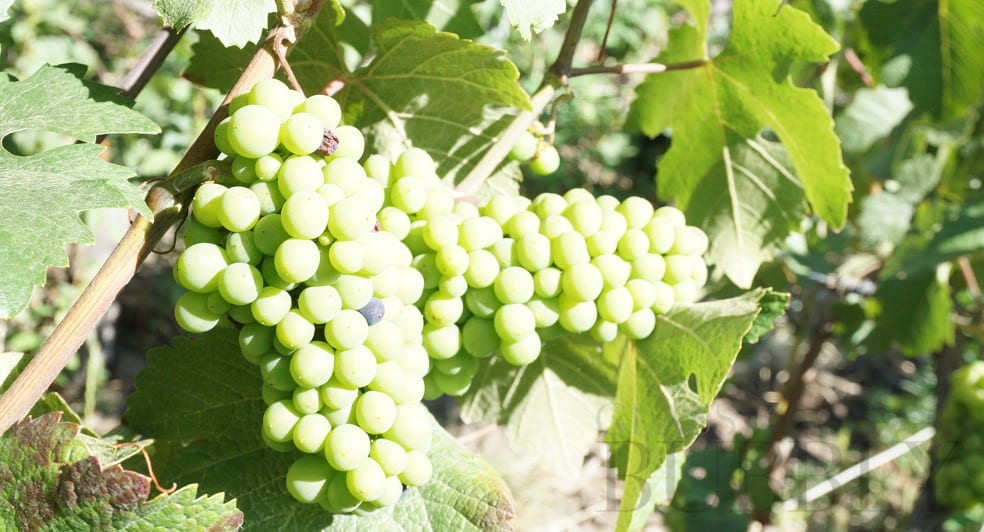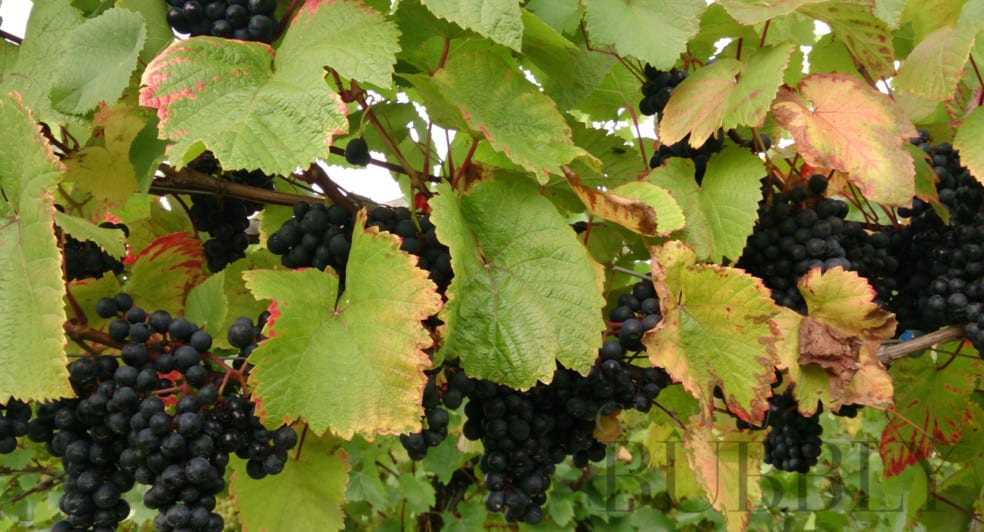Climate Change is Challenging the Quality of Many Traditional Method Sparkling Wines
15th February 2023

Climate change is challenging the quality of many traditional method sparkling wines. What could this mean for the taste of our celebratory glass of bubbles? Let’s take a deep dive into two regions, historic Champagne, and new kid on the block England, to find out.
One of the key climate challenges facing Champagne in maintaining quality arises from the increase in average growing season temperatures. Ironically it is this same change which has increased the quality of English sparkling wine so that it now regularly wins international sparkling wine awards. The increase is not large, only 1°C, but that one degree is critical. It has moved key areas of England into the cool-climate zone, mirroring the Champagne region of 30 years ago.
Cool climates, where grapes struggle to ripen, are ideal for sparkling wines and for growing the traditional Champagne grape varieties of Pinot Noir, Chardonnay and Meunier. The flavours, acidity and sugar created in grapes in such conditions are key elements in making high quality traditional method sparkling wines.

Taking the most popular white, fully sparkling Brut Champagne as an example, high quality wines:
• Have apple and citrus flavours.
• With added complexity of biscuit and pastry notes from lees-ageing.
• Have high acidity which makes them refreshing, and is a key structural element for successful ageing.
• Have alcohol levels of around 12%
• Are well balanced with a long, pleasing finish.
What happens when cool-climates warm?
When cool-climate regions warm, moving towards, and into the moderate-climate zone, grapes risk having too much sugar, low acidity, and over-ripe flavours. What would such changes mean for making high quality traditional method sparkling wines?
Alcohol
Traditional method sparkling wines go through two fermentations. The first fermentation needs to result in a still base wine with lower alcohol (9-11%) since the second fermentation will add 1-2%. If the sugar level in the grapes is too high, the fermentation will result in higher alcohol in the base wine, creating a high alcohol sparkling wine. Such wines will feel unbalanced, with the alcohol overpowering the other aspects of the wine and dominating the finish.
Acidity
Acidity is another key element needed for high quality traditional method sparkling wines. High acidity makes wines taste refreshing, and is a key structural element needed for long-aged wines. Wines where the acidity is too low for the style of wine can feel ‘flabby’ in the mouth and will lack the structure to age well.
Flavour profile and intensity
The traditional flavour profile for high quality white Brut Champagnes is the just-ripe flavours of apple and citrus. Complexity comes from lees-ageing which adds biscuit and pastry notes. In warmer climates, flavours become riper and can be more intense. There is nothing ‘wrong’ with such flavours, but they are not what we traditionally equate with high quality traditional method sparkling wines like Champagne. The cool-climate apple and citrus fruit flavours complement lees-aged flavours beautifully. More intense ripe fruits could dominate, unbalancing the wine.

Champagne challenges
The warming which is making English sparkling wines a success is warming Champagne’s historically cool climate. Fortunately for Champagne, the one degree of warming over the last 30 years has in general resulted in more favourable growing conditions, with more consistently ripe grapes and fewer poor vintages.
However, to maintain the just-ripe flavours with the required acidity and sugar levels for quality wines, harvest dates have had to be brought forward by an average of 18 days. Despite this, average acidity has dropped, and potential alcohol has risen by 0.7%.
It’s not all about warming
Unfortunately, it isn’t just warming that winemakers must deal with. Many areas, including Champagne and England are experiencing more extreme and irregular weather patterns. Droughts, fires, high rain fall, hail, and spring frosts, all bring additional challenges to the winemaker in terms of quality.
For Champagne the increase in the regularity of hot summers, on top of the increase in average growing season temperature means that in those hot vintages, Champagne makers are facing significant challenges in achieving the right flavour profile and keeping sugar and acidity at the required levels for the quality consumers expect.
High temperatures and intense sunlight can also lead to fires and sunburnt grapes bringing additional challenges to quality.
• Fires have a bigger impact than just the vines they burn. Smoke from the fires can taint the grapes in nearby vines, giving the wine not just the taste of wood smoke one might expect, but higher perceived alcohol.
• Grapes can get sunburnt in hot sunny summers which, if extensive, can lead to bitter flavours in the final wine.
Extreme weather is not just affecting Champagne. Although the average increase in growing season temperature in England has increased the years when fruit ripens sufficiently for quality sparkling wines, thus making commercial sparkling wine production a possibility. At the same time the increase in extreme weather events like heavy rains at critical points in the growing season is affecting yields and quality.
• High rainfall during ripening increases the risk of mildews and rot, particularly with more delicate grape varieties like Pinot Noir. This can damage the grapes resulting in off-flavours in the finished wine.
Sparkling wines face an added challenge, the bubbles enhance off-flavours, making them more dominant. Even if off-flavours are not obvious in the base still wine, they will come out during the second fermentation with the bubbles, and as the wine ages.
It is not all doom and gloom
Fortunately for those of us who love high quality traditional method sparkling wines, winemakers are incredibly resourceful.
For generations they have developed adaptations to help mitigate against the vagaries of the weather. These same adaptations, with modern additions, are helping them meet climate challenges and maintain quality levels.
The adaptations, old and new, are a fascinating topic in themselves, but that is for another day.
![]()
Janne Hallinan DipWSET
Founder of How2 Enjoy Wine. Wine writer (DipWSET), presenter and educator. Focused on helping people find the perfect wine, & advice on food and wine pairing.
